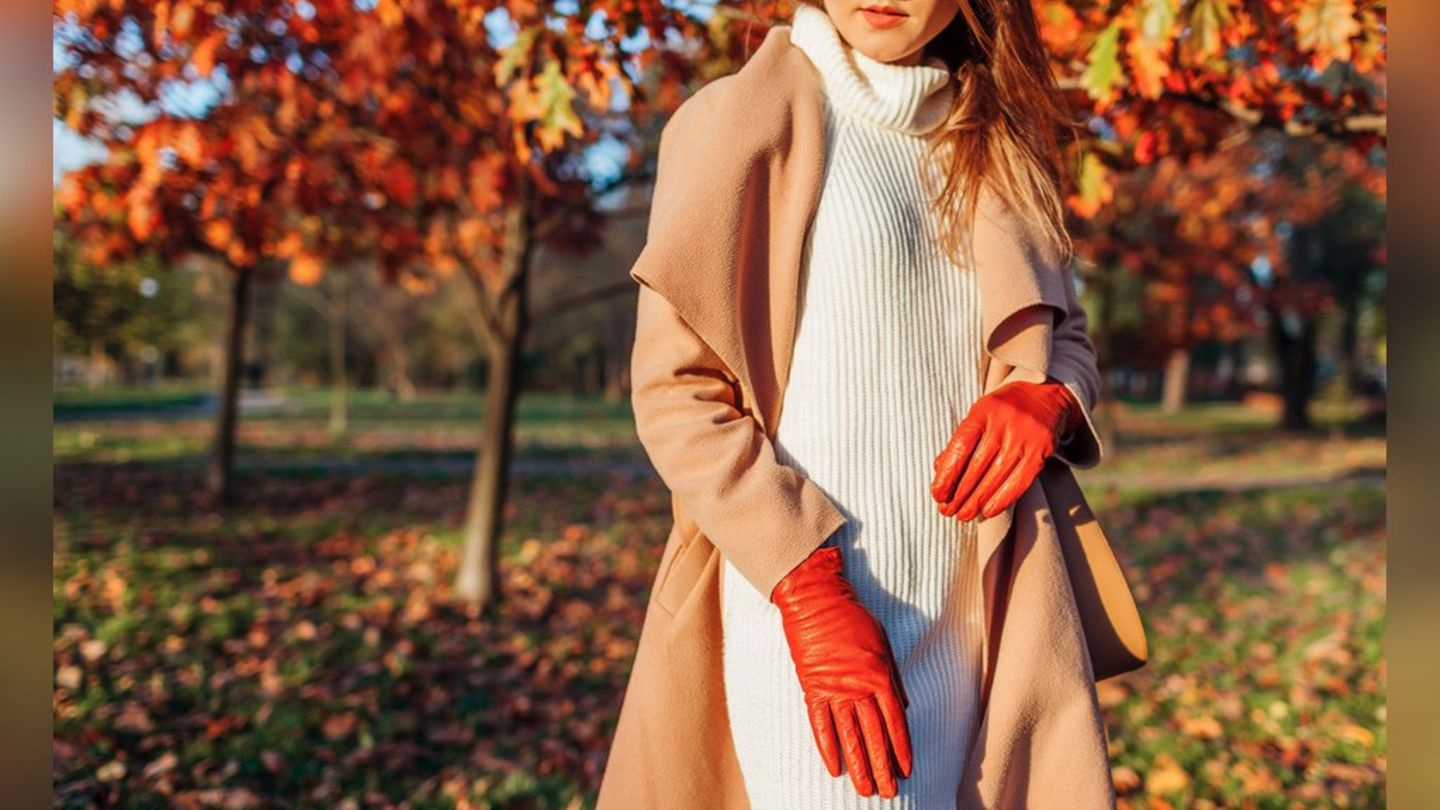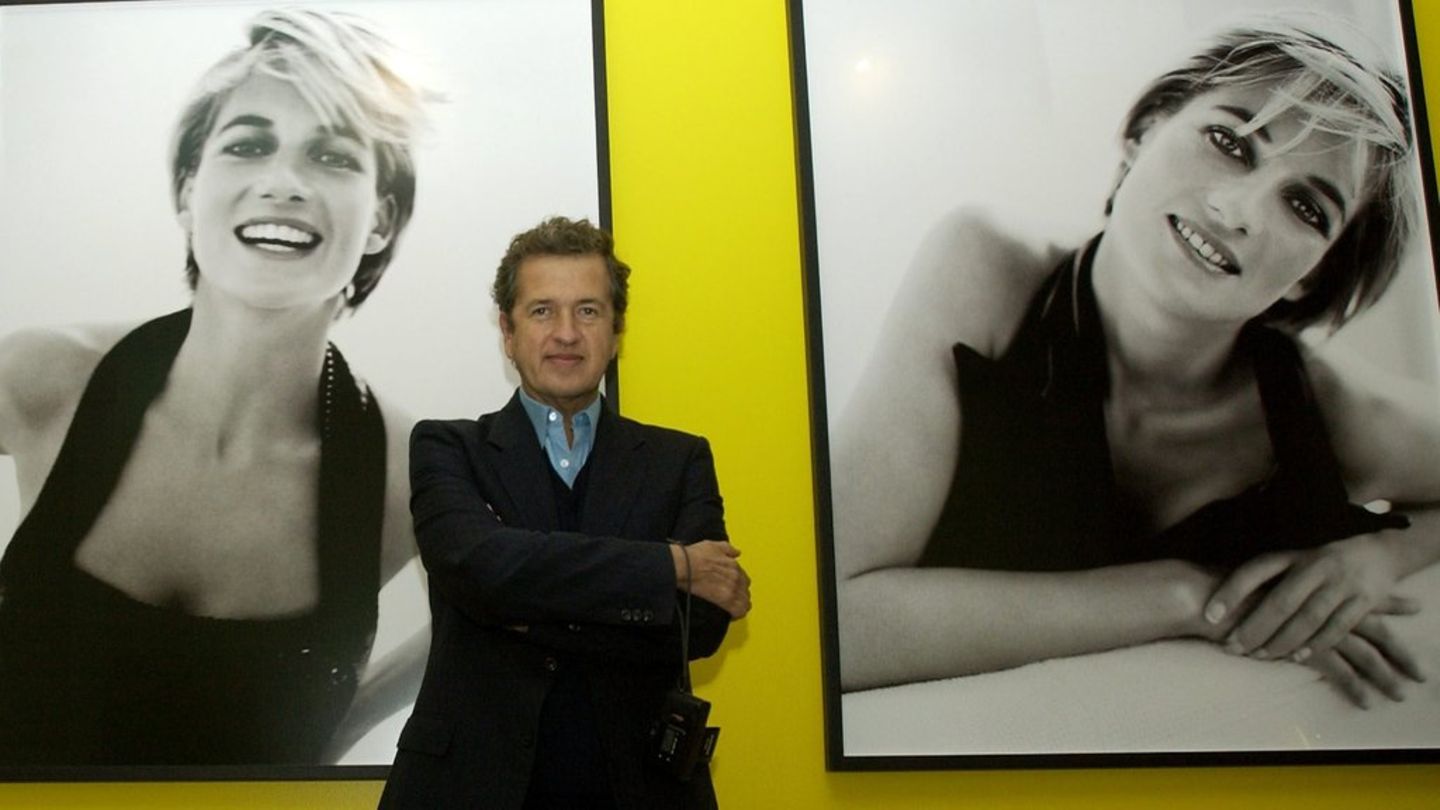I am an author and journalist who has worked in the entertainment industry for over a decade. I currently work as a news editor at a major news website, and my focus is on covering the latest trends in entertainment. I also write occasional pieces for other outlets, and have authored two books about the entertainment industry.
Menu
Exhibition about Princess Diana and more: Your evening dress exhibited for the first time
Categories
Most Read
Kim Kardashian: Apparently “small aneurysm” discovered
October 23, 2025
No Comments
It was an abandoned hospital and now it is a luxury hotel with the largest spa in Spain
October 23, 2025
No Comments
Mary Elizabeth Winstead and Ewan McGregor: They want to show their love to the world
October 23, 2025
No Comments
Dave Ball from synthpop duo Soft Cell has died
October 23, 2025
No Comments
Virginia Giuffre: How was she in the months before her death?
October 23, 2025
No Comments
Latest Posts

Wall Street hedge funds hit a record $5 trillion: what’s behind it
October 23, 2025
No Comments
October 23, 2025 – 17:10 The rise of funds on Wall Street is partly explained by their recovery after the 2008 crisis. Romulo Queiroz –

Scandal in the NBA: a manager and a player were arrested for being part of an illegal betting network
October 23, 2025
No Comments
October 23, 2025 – 16:57 The Portland Trail Blazers coach and a Miami Heat player were arrested. The controversy is enormous because the FBI relates

Autumn outfit: These details create an eye-catching look
October 23, 2025
No Comments
Lisa HarrisI am an author and journalist who has worked in the entertainment industry for over a decade. I currently work as a news editor
24 Hours Worlds is a comprehensive source of instant world current affairs, offering up-to-the-minute coverage of breaking news and events from around the globe. With a team of experienced journalists and experts on hand 24/7.

